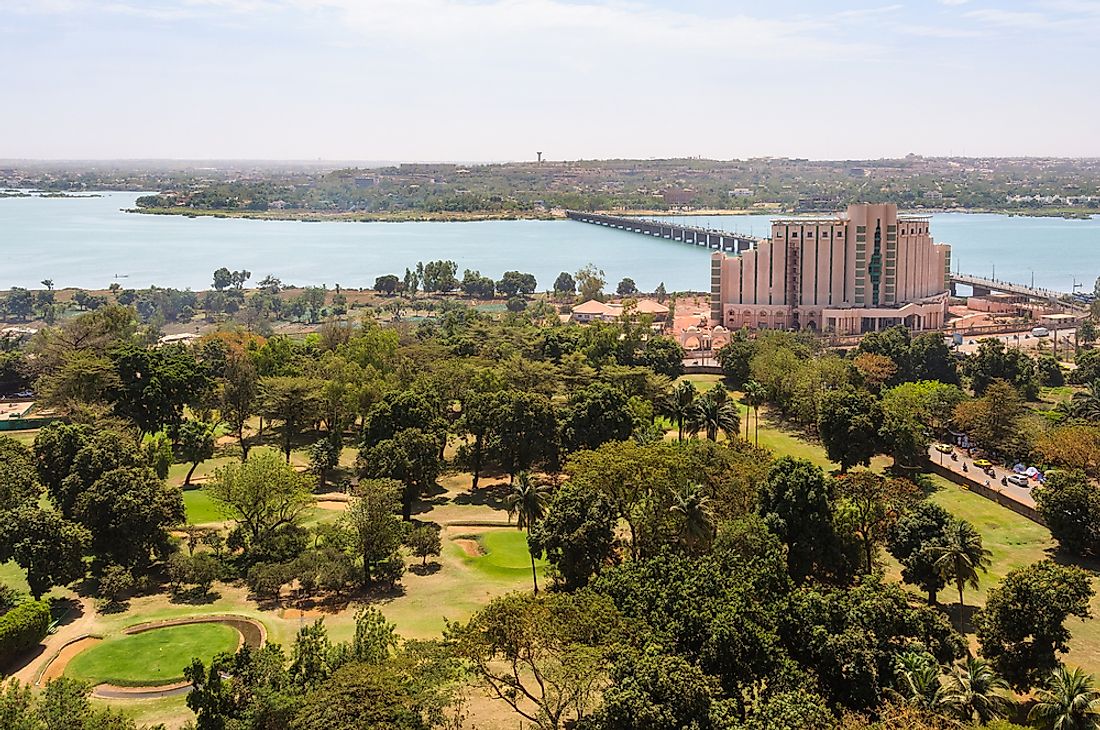What Is The Capital of Mali?

Where Is Mali?
The West African country of Mali occupies an area of 1,240,000 square km. It is a landlocked nation that is bordered by Algeria and Niger to the northeast and east, respectively. Senegal and Mauritania border the nation to the west. Côte d’Ivoire and Burkina Faso border Mali to the south and Guinea lies to the south-west of the nation. Mali hosts a population of around 18 million.
What Type of Government Does Mali Have?
Prior to the military coups of 2012, Mali was a semi-presidential representative democratic republic. The Constitution of Mali which was active prior to the military coups separated the powers of the government among the three branches of executive, legislative, and judicial. The President of Mali and the Prime Minister of Mali served as the head of state and head of government of the country, respectively. The unicameral legislature of Mali was responsible for carrying out the legislative duties of the government and was formed by elected representatives. Although the judiciary must be independent of the other branches of government as per the Constitution, it is not so in practice. The executive has the power to appoint judges and supervise judicial functions. The Supreme Court and the Constitutional Court are the highest courts in the country.
What Is the Capital of Mali?
Bamako is Mali’s biggest and capital city. It encompasses an area of 245.0 square km and hosts a population of 3.3 million. The average elevation of the city is 1,150 feet. Bamako is one of Africa’s fastest growing cities. Bamako is located on the Niger River in the southwestern part of Mali. It is near the rapids that divide the middle and the upper Niger valleys. Most of Bamako is flat with the exception of an escarpment on the northern side of the city. The city spreads out from both the northern and southern banks of the Niger. Several bridges across the river connect the two parts of the city.
History of Bamako
The fertile lands of the Niger River Valley attracted settlers since the Palaeolithic era. The area supported thriving settlements that soon grew into prosperous kingdoms. Trade routes linked these kingdoms with those in Europe and North Africa. Gold, ivory, nuts, etc., were the top products traded in ancient times. The area that is now Bamako came under the rule of the Empire of Ghana in the 11th century. Soon, it grew into an important market town. With the establishment of two universities and several mosques, it also became a center of Islamic teachings with many scholars of the time visiting the city to exchange and share their thoughts and knowledge. In the early Middle Ages, the Ghana Empire was replaced by the Mali Empire in the region. Bamako also flourished during the reign of this empire. However, with the invasion of the Berbers from Morocco, the kingdoms in Mali were destroyed and the trans-Saharan trade was disrupted. Thus, the growth and development of places in Mali including Bamako also slowed down. Later, in the 19th century, the region came under French colonial rule which lasted for more than a century. In 1908, Bamako became the capital of the colony of French Sudan. When Mali earned its independence from colonial rule in 1960, Bamako became the capital of the independent nation.
Role of Bamako as the Capital of Mali
As the capital of Mali, Bamako houses the meeting venue of the National Assembly of Mali. The Presidential Palace, the official residence of the President of Mali, is also located in the city. The other important buildings, ministries, official residences, and top departments of the national government of Mali are all located in Bamako. It is also a major center of trade and commerce in Mali.











